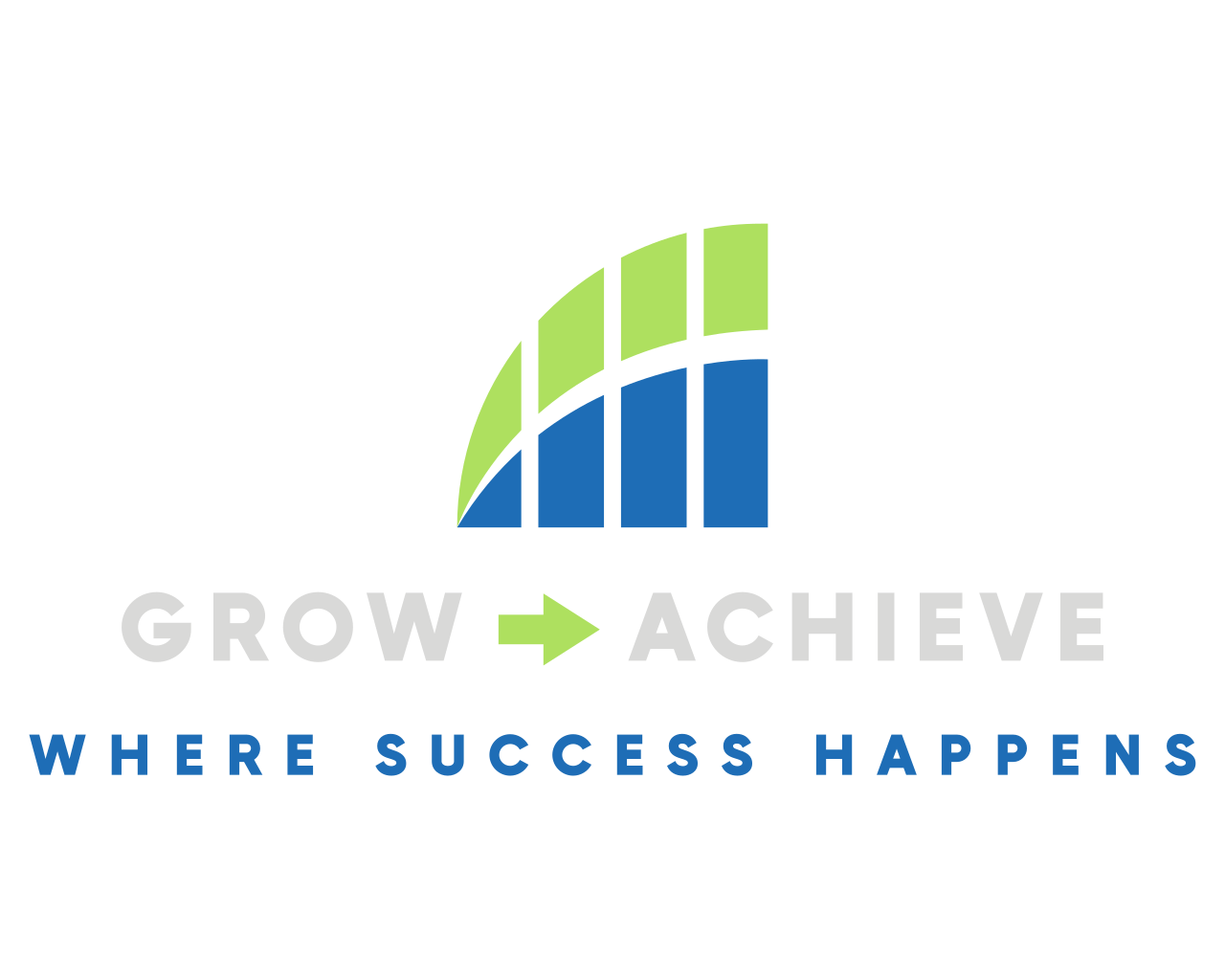In the fast-paced world of business, it's easy to fall into
the trap of constant activity. As owners, CEOs, and founders, we often equate
being busy with being productive. However, there's a crucial distinction
between merely staying busy and strategically solving problems that drive
growth and innovation.
The Illusion of Busyness
Busyness can feel satisfying. It gives us a sense of
accomplishment and control. We fill our days with meetings, emails, and tasks,
believing that every action is a step towards progress. But are these
activities moving the needle? Or are they just keeping us occupied?
The Power of Strategic Problem-Solving
Strategic problem-solving, on the other hand, is about
focusing on high-impact issues that align with your business goals. It's about
identifying the root causes of challenges and developing solutions that create
lasting value. This approach requires a shift from a reactive mindset to a
proactive one.
Key Differences
- Purpose vs. Activity: Strategic problem-solving is purpose driven. It starts with a clear understanding of your business objectives and the problems that need solving to achieve them. Busyness, however, is activity-driven, often lacking a clear connection to strategic goals.
- Impact vs. Effort: Solving problems strategically focuses on impact. It prioritizes tasks that will have the most significant effect on your business. Being busy often means expending effort on low-impact activities that consume time without delivering substantial results.
- Long-term
vs. Short-term: Strategic problem-solving looks at the long-term
implications of decisions and actions. It involves planning and foresight.
Busyness tends to be short-term, addressing immediate needs without
considering future consequences.
The Importance for Top Performers
For a company's top performers, the distinction between
problem-solving and busyness is even more critical. These individuals are often
the driving force behind innovation and growth. Here’s why focusing on
problem-solving is essential for them:
- Maximizing Potential: Top performers have the skills and insights to tackle complex challenges. By focusing on strategic problem-solving, they can maximize their potential and contribute significantly to the company's success.
- Driving Innovation: Innovation stems from solving real problems, not from staying busy. Top performers who engage in problem-solving are more likely to develop innovative solutions that can propel the company forward.
- Leadership and Influence: Top performers often set the tone for the rest of the team. When they prioritize problem-solving over busyness, they model effective behaviors and influence others to adopt a similar approach.
- Sustainable
Growth: By addressing core issues and developing strategic solutions,
top performers help ensure sustainable growth. Their efforts lead to
long-term benefits rather than short-term fixes.
How to Shift from Busy to Strategic
- Identify Core Problems: Take a step back and identify the core problems that are hindering your business growth. Use data and insights to understand these issues deeply.
- Set Clear Priorities: Align your tasks with your strategic goals. Prioritize activities that directly contribute to solving key problems and advancing your business objectives.
- Delegate and Automate: Free up your time by delegating tasks that others can oversee and automating repetitive processes. This allows you to focus on high-impact problem-solving.
- Reflect
and Adjust: Regularly review your activities and their outcomes.
Reflect on whether your efforts are solving problems or just keeping you
busy. Adjust your approach as needed.
Conclusion
In the journey of growing your business, it's essential to distinguish between being busy and solving problems. By adopting a strategic problem-solving mindset, you can ensure that your efforts are truly driving progress and creating lasting value. Remember, it's not about how much you do, but about doing what matters most.

